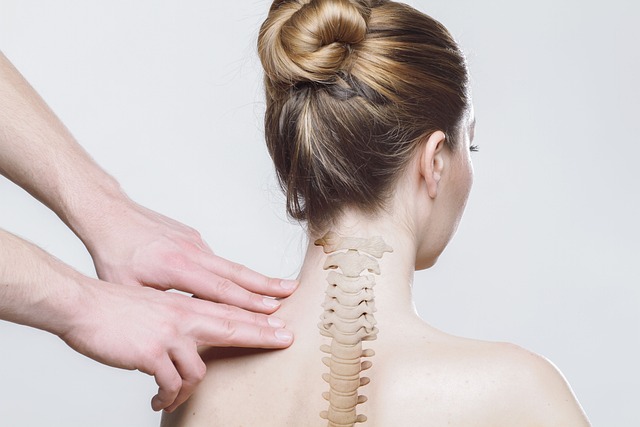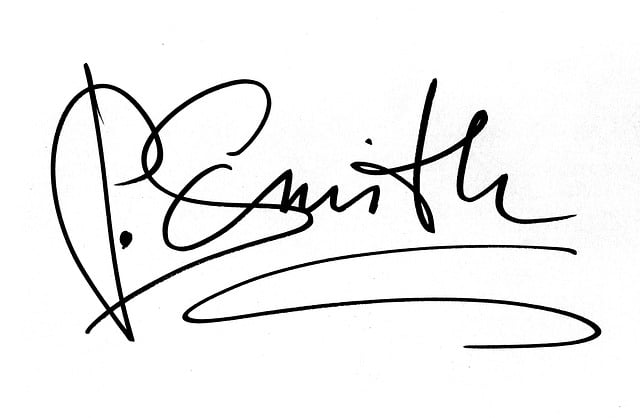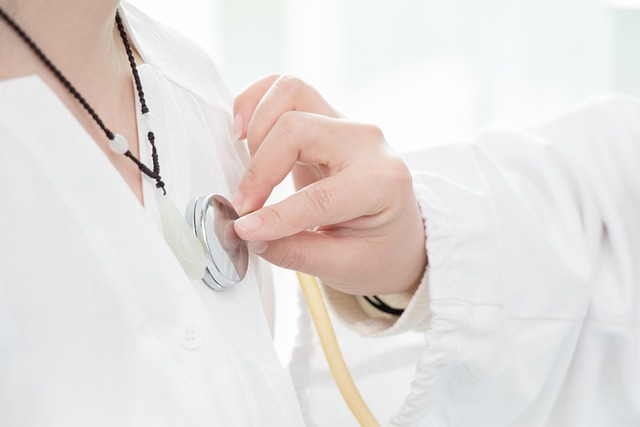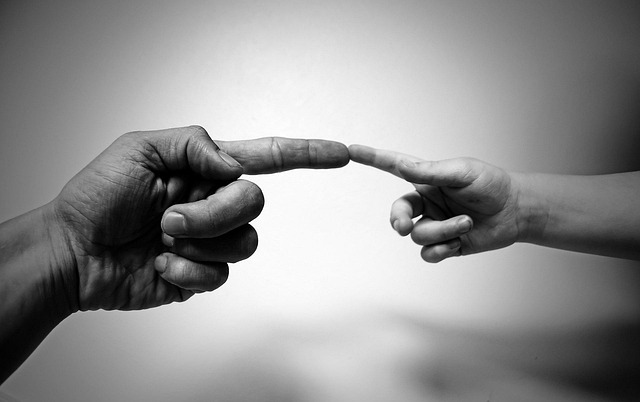Postural problems after accidents can cause chronic pain and reduced quality of life due to spine misalignments. Corrective chiropractic care, including X-ray guided rehabilitation, addresses these issues by realigning the spine, improving spinal health, reducing pain, enhancing mobility, and promoting overall well-being. This holistic approach using manual adjustments, exercises, and stretching routines minimizes future risks and facilitates optimal recovery for individuals with accident-related spinal misalignments.
“Postural issues arising from accidents can significantly impact an individual’s quality of life. This article delves into the innovative approach of X-ray guided posture rehabilitation, offering a comprehensive solution. We explore how advanced imaging aids in precise diagnosis and treatment planning, revolutionizing recovery.
First, we examine the common postural challenges following accidents and the importance of early intervention. Then, discover the role of corrective chiropractic techniques in realigning the spine and alleviating pain. By combining these methods, individuals can accelerate their journey to optimal recovery.”
- Understanding Postural Issues After Accidents
- The Role of X-ray Guided Rehabilitation
- Corrective Chiropractic Techniques for Optimal Recovery
Understanding Postural Issues After Accidents

Postural issues often arise after accidents, such as car crashes or falls, leading to chronic pain and reduced quality of life. These injuries can cause misalignments in the spine, resulting in poor posture that puts additional strain on muscles, joints, and nerves. Understanding these postural issues is crucial for effective rehabilitation.
Accidents may damage muscle tissues, ligaments, and discs, causing spinal misalignment or instability. Over time, this can result in asymmetries in the body, affecting the spine’s natural curve and overall balance. Corrective chiropractic care plays a vital role in addressing these postural issues by focusing on realigning the spine and restoring proper body mechanics. Through specialized techniques, chiropractors help improve spinal health, reduce pain, and enhance mobility, enabling individuals to regain control over their posture and overall well-being.
The Role of X-ray Guided Rehabilitation

X-ray guided posture rehabilitation plays a pivotal role in addressing postural issues, especially after traumatic accidents. This advanced approach combines medical imaging with specialized chiropractic care to offer precise and effective treatments. By analyzing X-rays, chiropractors can accurately identify misalignments and structural abnormalities that contribute to poor posture.
This technology enables them to tailor corrective chiropractic manipulations, focusing on restoring the body’s natural alignment. Such interventions are particularly beneficial for individuals who have experienced accidents, as they help alleviate pain, improve mobility, and prevent further complications related to chronic postural imbalances.
Corrective Chiropractic Techniques for Optimal Recovery

Corrective Chiropractic plays a pivotal role in posture rehabilitation, especially after accidents that cause postural issues. Chiropractors use specialized techniques to realign the spine and restore its natural curvature, which is crucial for optimal recovery. These methods include manual adjustments, where therapists apply controlled force to correct misaligned vertebrae, relieving pressure on nerves and improving spinal function.
Additionally, corrective chiropractic incorporates targeted exercises and stretching routines tailored to individual needs. Such activities enhance flexibility, strengthen supporting muscles, and promote better posture. This holistic approach ensures that the body can heal efficiently while minimizing the risk of future postural problems, making it an effective solution for those seeking recovery from accident-related spinal misalignments.
X-ray guided posture rehabilitation, particularly through corrective chiropractic techniques, offers a promising path for individuals facing postural issues stemming from accidents. By combining advanced imaging with specialized treatments, this approach ensures precise adjustments to the spine and surrounding structures, facilitating optimal recovery and restoring balance. Incorporating these methods into rehabilitation plans can significantly enhance outcomes and empower individuals to regain control over their physical well-being.














